Astronomers using data from the VLA Sky Survey have discovered one of the youngest known neutron stars — possibly as young as only 14 years. The dense remnant of a supernova explosion was revealed when bright radio emission powered by the pulsar’s powerful magnetic field emerged from behind a thick shell of debris from the explosion.
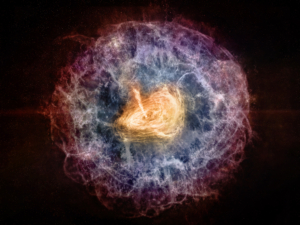
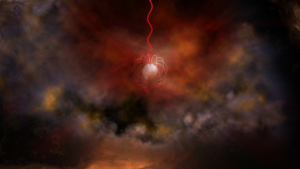
Strange Radio Burst Raises New Questions
A highly active repeating Fast Radio Burst is raising new questions about the nature of such objects, and also raising doubts about their usefulness as cosmic yardsticks.
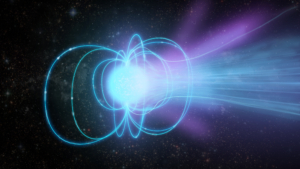
VLBA Makes First Direct Distance Measurement to Magnetar
Using the VLBA, astronomers have made the first direct geometric measurement of the distance to a magnetar. This precision measurement to one of the most magnetic objects in the Universe could help scientists determine if such objects are responsible for generating the mysterious Fast Radio Bursts.
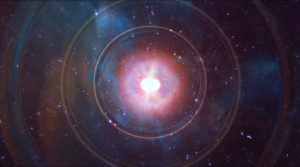
New Method May Resolve Difficulty in Measuring Universe’s Expansion
Radio telescope observations have made it possible for astronomers to use mergers of neutron-star pairs as a valuable new tool for measuring the Universe’s expansion.
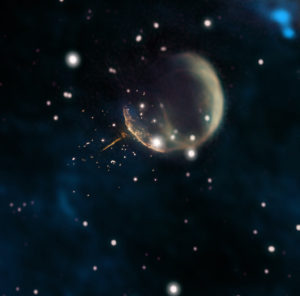
Astronomers Find “Cannonball Pulsar” Speeding Through Space
VLA image shows the trail of a speeding pulsar pointing directly back at the center of the debris shell from the supernova explosion that created it.
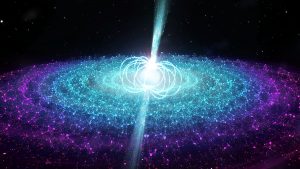
VLA Discovers Powerful Jet Coming from “Wrong” Kind of Star
The VLA’s discovery of a jet of material launched from a highly-magnetic neutron star has forced rethinking a longstanding theory.





